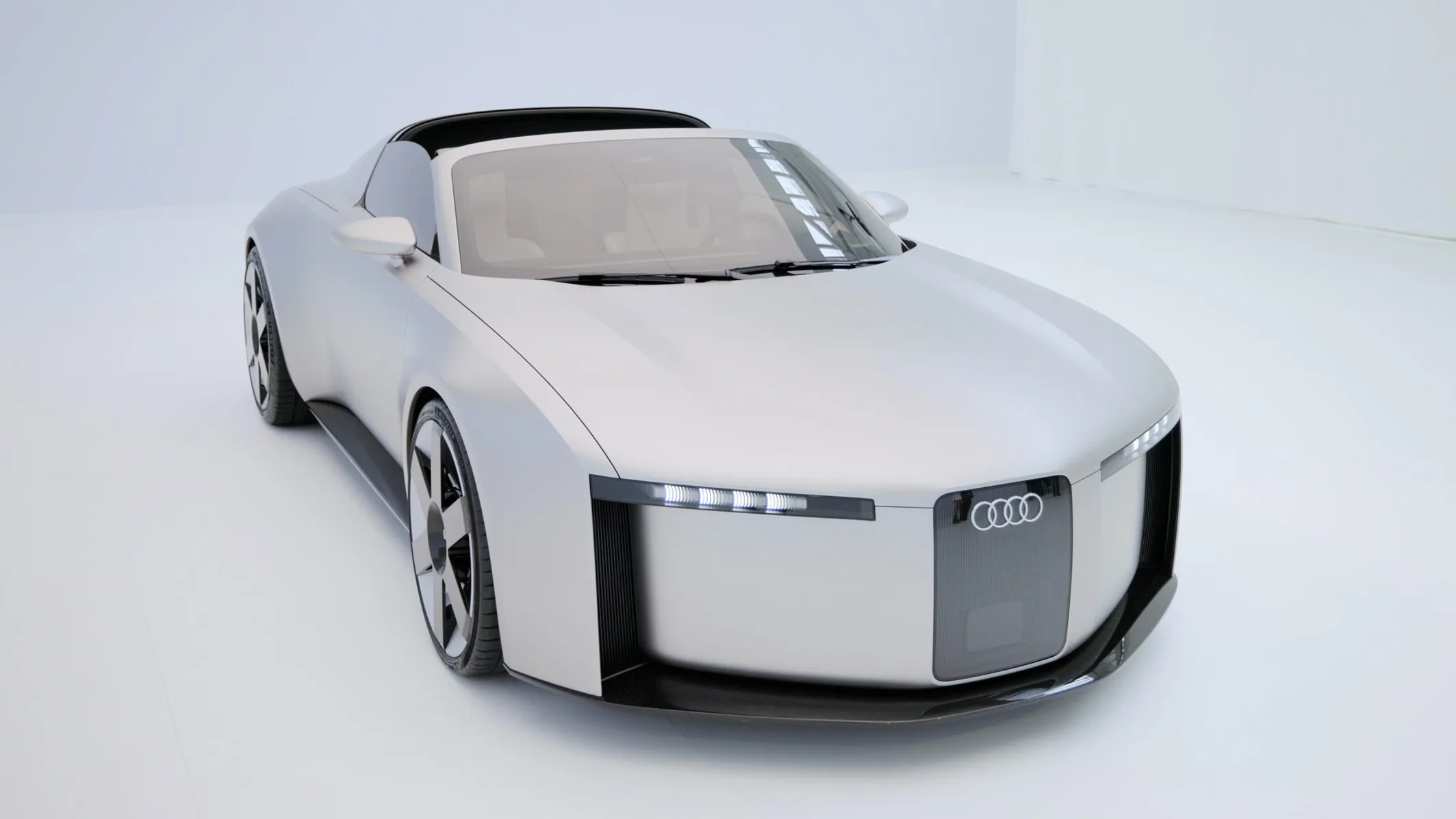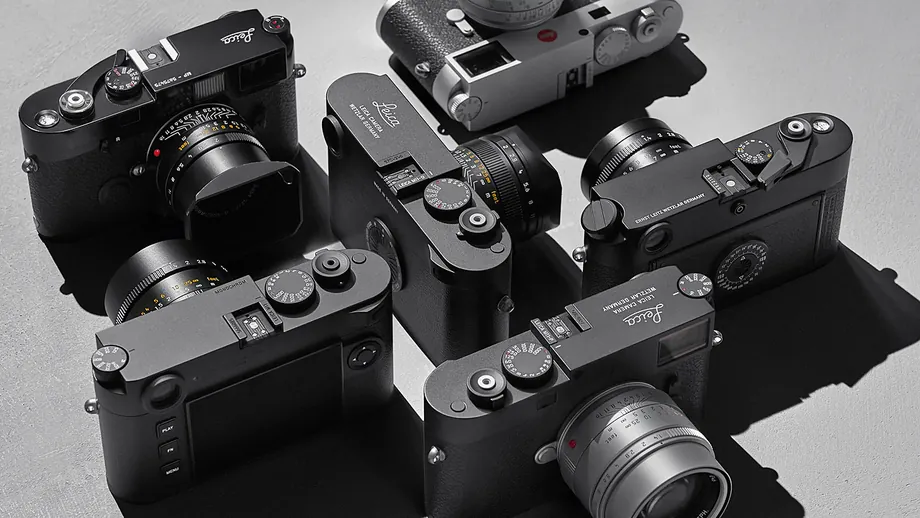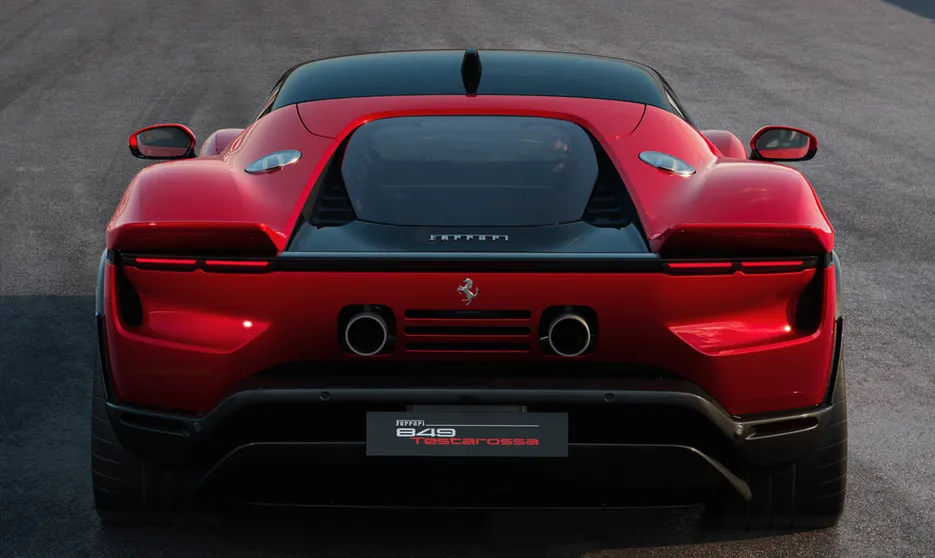A Personal Mecca of Innovation
For me, the IAA in Frankfurt — and later Munich — was more than a motor show. As a teenager, it was my Mecca. Long before the internet and social media, it was the one place to see in the flesh the cars that would never make it to my hometown. From prototypes to supercars, the event was the ultimate pilgrimage for car lovers and an essential meeting ground for the industry. Alongside Geneva, it was the global stage where launches, innovation, and networking defined the rhythm of the automotive world. Those who managed to secure early exhibitor or media tickets gained the privilege of experiencing the highlights before the crowds poured in.
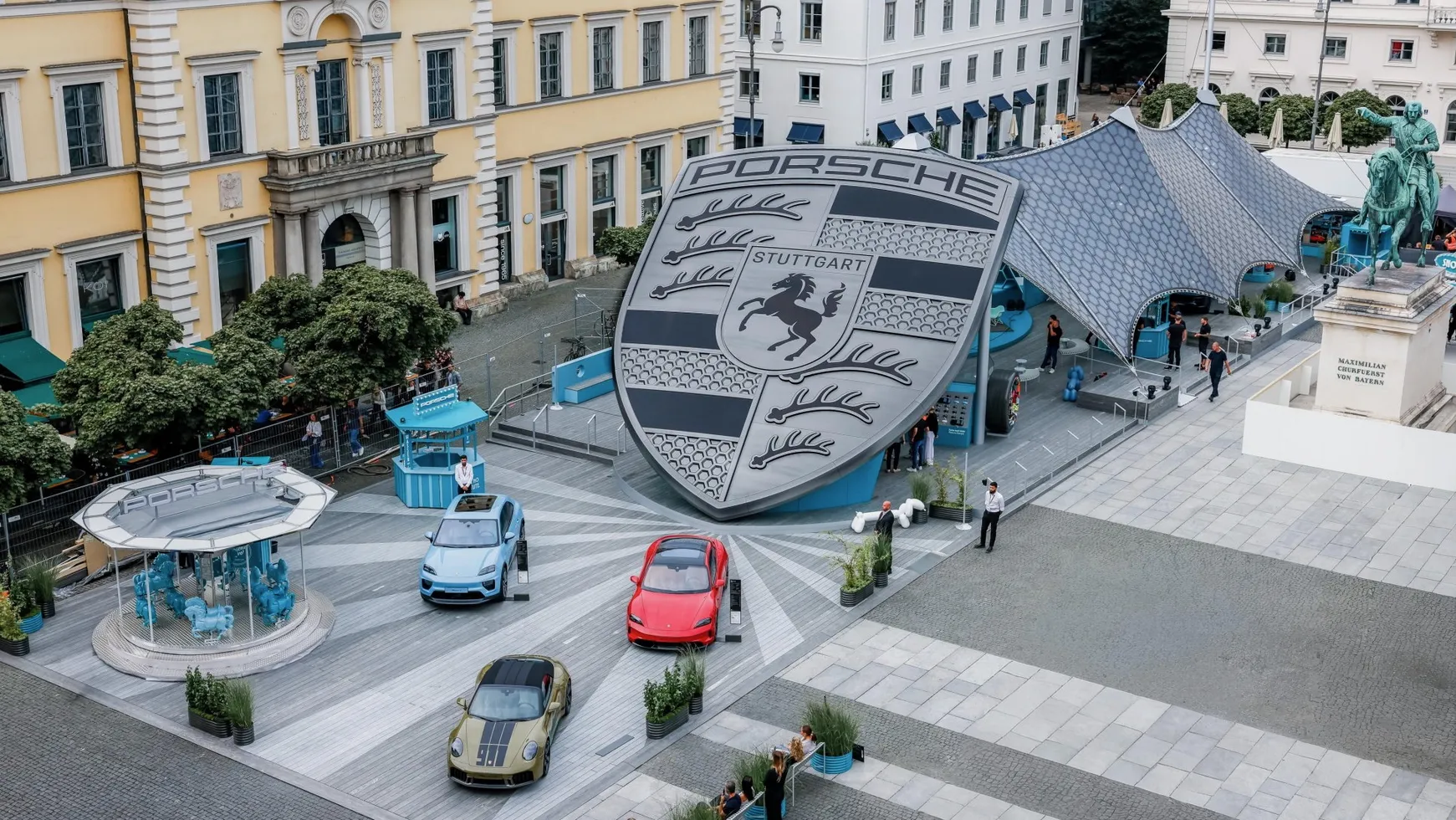
A Changed Stage
Fast-forward to today: technology has transformed both the industry and the spectacle. “Bigger and louder” product reveals are now broadcast worldwide in real time, amplified by social media. Yet IAA Mobility still carries symbolic weight. Every two years, Germany sets the stage — but the true verdict increasingly comes from Asia, where competition is fierce and consumer expectations climb higher with each cycle.
The Premium Segment: BMW and Mercedes
BMW and Mercedes are doubling down on innovation and scale.
BMW’s Neue Klasse represents the company’s biggest project in 109 years — €9 billion in R&D at its peak. The new iX3 is the spearhead: a fully electric SAV with >800 km range and 400 kW charging, outpacing even Tesla and BYD. Beyond engineering, BMW is smartly tailoring software ecosystems: Alexa in global markets, but Alibaba, DeepSeek and Momenta in China. This ability to localise digital experience without diluting brand identity shows a cultural agility that could extend into Southeast Asia.
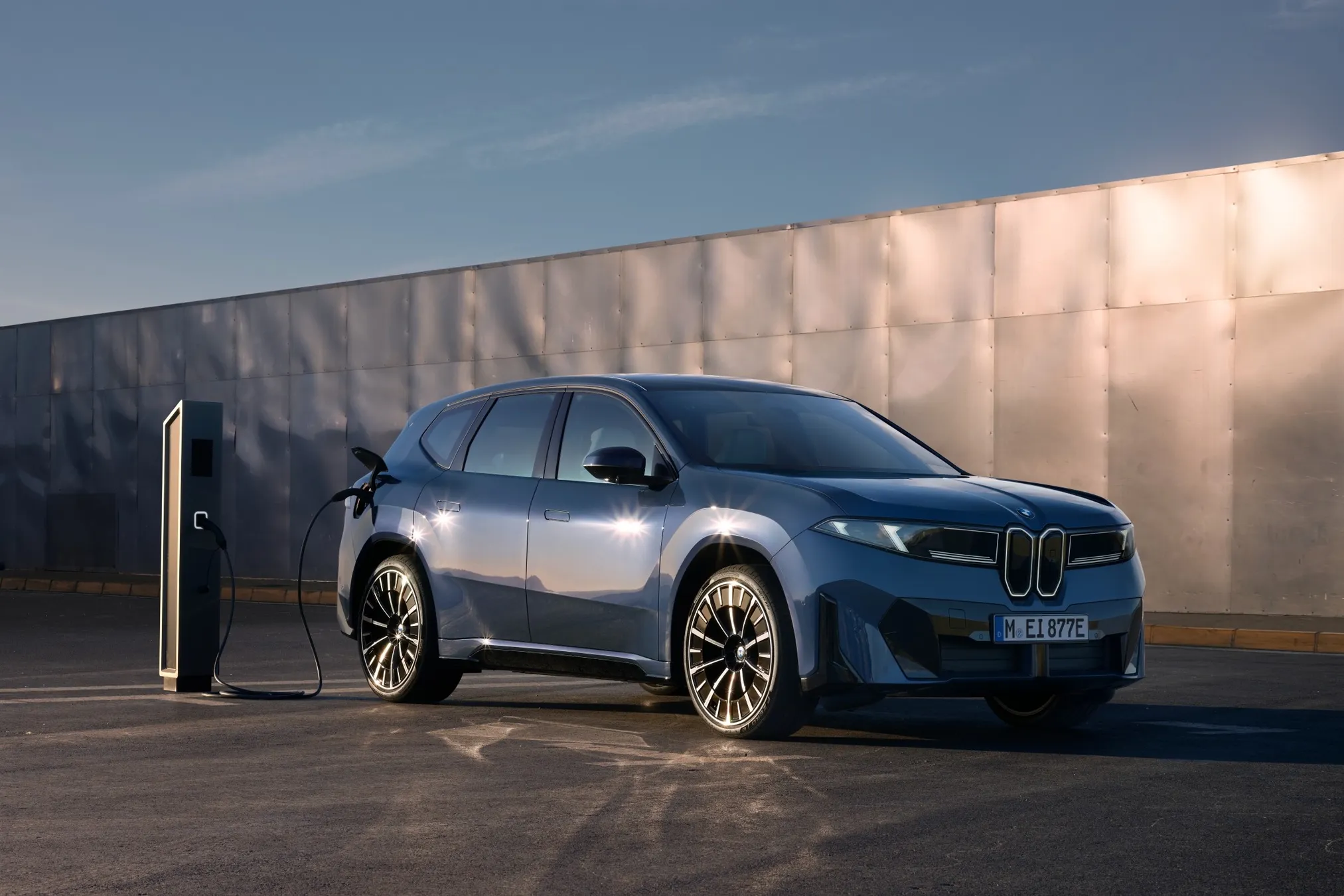
Mercedes continues to master the theatre of sensory luxury. The new all-electric GLC with its 39-inch Hyperscreen and immersive ambient lighting reimagines the cabin as a personal space. Add to that the Concept AMG GT XX, a rebellious design study with >1,300 hp equivalent output and radical aero solutions, and you see a brand that thrives on blending prestige, performance, and emotion. For many buyers, Mercedes remains the definition of automotive presence — but presence alone won’t secure long-term loyalty in Asia.
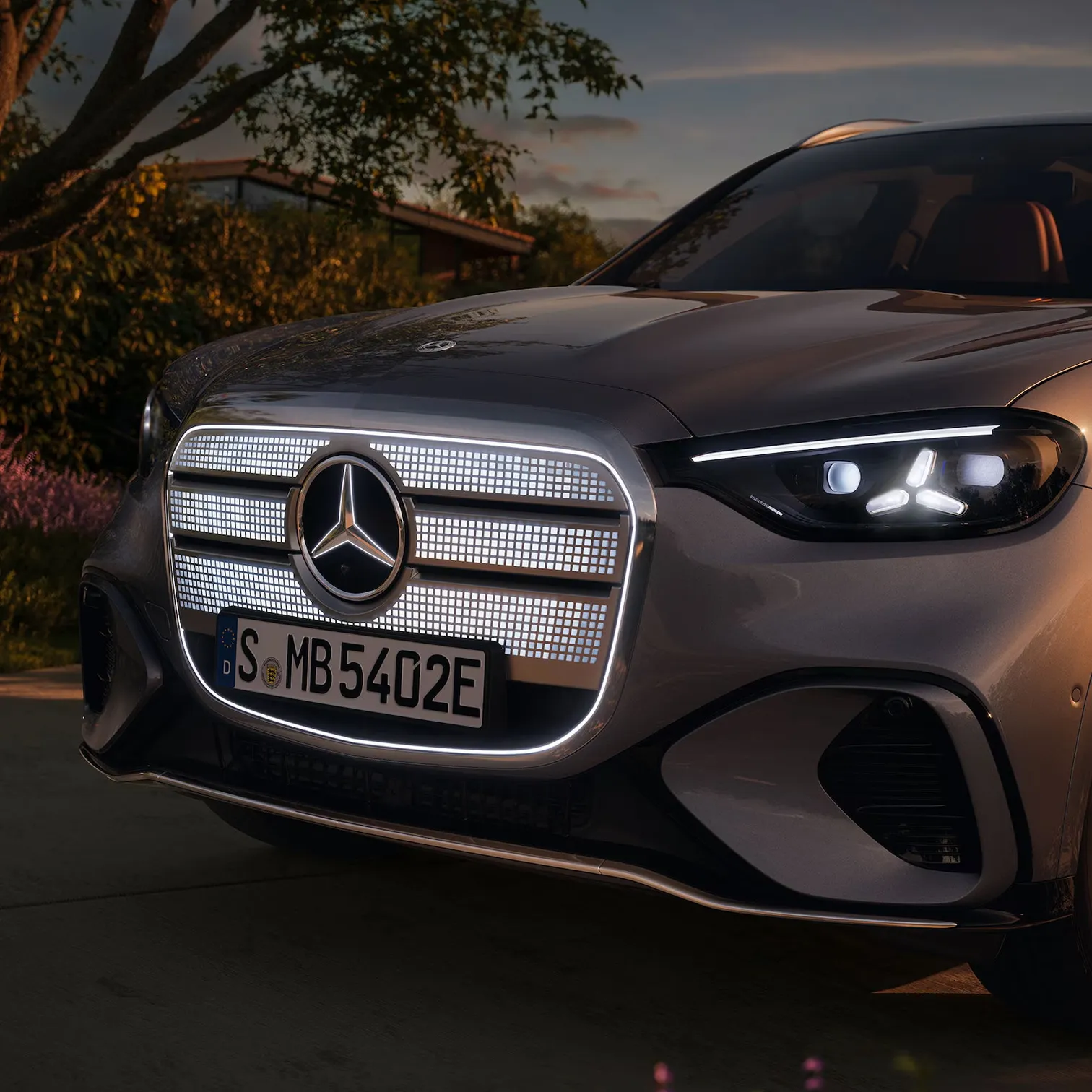
The Sports Car Benchmark: Porsche 911 Turbo S
Then there is Porsche, still the emotional halo for German engineering. At IAA, the new 911 Turbo S made its debut with a T-Hybrid powertrain delivering 711 PS, 0-100 km/h in 2.5 seconds, and a Nürburgring time 14 seconds faster than its predecessor. Yet what makes Porsche special is not just the numbers — it’s the ability to combine long-distance comfort, exclusivity, and daily usability in one car. Few brands manage to balance raw performance with such versatility. For Asia’s growing community of enthusiasts, the 911 Turbo S continues to embody the dream.
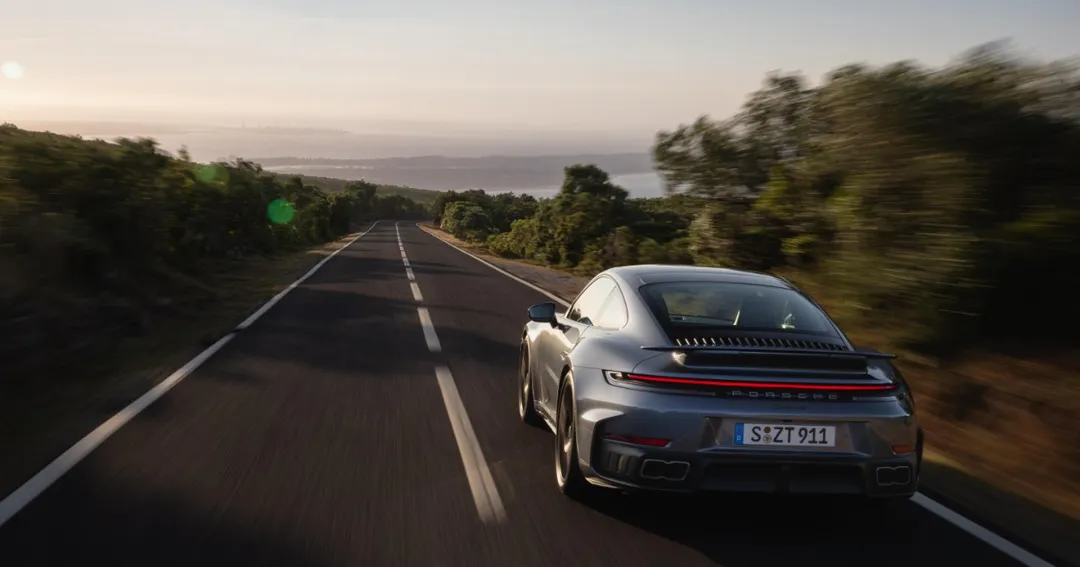
Audi’s Push for Clarity
Audi has a long and successful history, especially in China, where it was once the dominant German premium brand. In recent years, however, it lost ground to both its German rivals and Asian competitors such as BYD, Nio, Lexus, and Genesis. At IAA 2025, Audi unveiled the Concept C as a manifesto for design clarity — technical, intelligent, emotional — and reaffirmed its commitment to a broad portfolio that includes electric, hybrid, and ICE models. The ambition is clear: regain a premium position by offering breadth and sharpening identity.
Rising Competition and Tougher Markets
Across Asia, the landscape has shifted dramatically. For many years, German brands enjoyed a tailwind of eager buyers, expanding markets, and prestige by default. That era bred a certain complacency. Today, customers are far more sophisticated, with alternatives that are credible and often compelling. Chinese manufacturers like BYD and Nio lead in EV affordability and software integration. Korean luxury challenger Genesis combines bold design with sharp pricing. Japanese brands like Lexus retain their reputation for quality and reliability. German brands can no longer rely on heritage alone.
Technology Choices and Consumer Complexity
The drivetrain debate adds another layer of challenge. ICE, full EV, hybrid — no single technology fits all markets, and customer preferences vary not only by region but by demographic. In some cities, long-range EVs with fast charging are essential. In others, hybrids remain the pragmatic choice due to infrastructure gaps. For customers, this abundance of choice is exciting but also overwhelming; staying up to date requires more knowledge than ever. For manufacturers, the challenge is sharper: long-term investments must anticipate what customers will want beyond a single lifecycle, often across diverging markets.
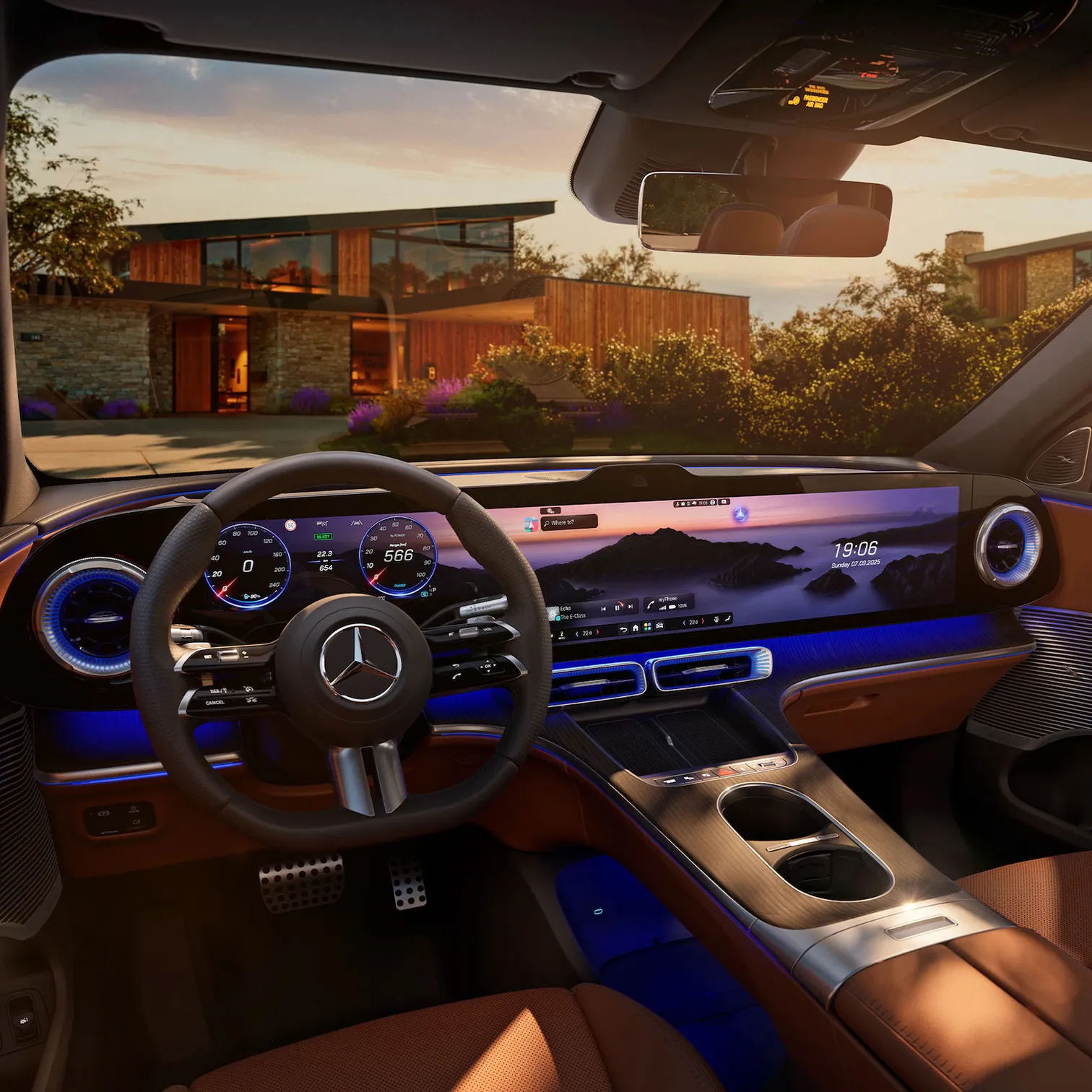
German Brands Must Regain Favour in Asia
Asia remains the decisive market for German manufacturers. The question is no longer whether their engineering is admired — it is. The real challenge is whether admiration translates into preference and loyalty in an era of intense competition. To regain favour, German brands must focus on three imperatives:
1. Shape products around local lifestyles and mobility needs.
The base is already strong. German brands have loyal customers, local production, and established dealer networks. But relevance depends on how well models reflect daily realities — from EVs that can cope with dense megacities to SUVs that serve multi-generational households. What works in Stuttgart doesn’t always work in Shanghai or Singapore.
2. Elevate customer experience and retail sales excellence.
In Asia, buying a premium car is as much about the journey as the product. Customers expect theatre in the showroom, seamless digital integration, and attentive after-sales care. Too often, the human side lags behind the product. One poor moment in the journey can cost a customer; one great moment can cement loyalty for years. Sales teams must evolve into hosts and advisers who embody the brand — not simply close deals.
3. Bridge German engineering with Asian nuance.
Precision and heritage remain differentiators, but buyers want to feel that cars were designed with them in mind. That may mean offering trims, features, or tech integrations that speak to local preferences, or shaping after-sales services that reflect cultural expectations of attentiveness. The brands that manage to preserve their global identity while showing genuine sensitivity to regional nuance will earn the trust — and wallets — of the next generation of Asian buyers.
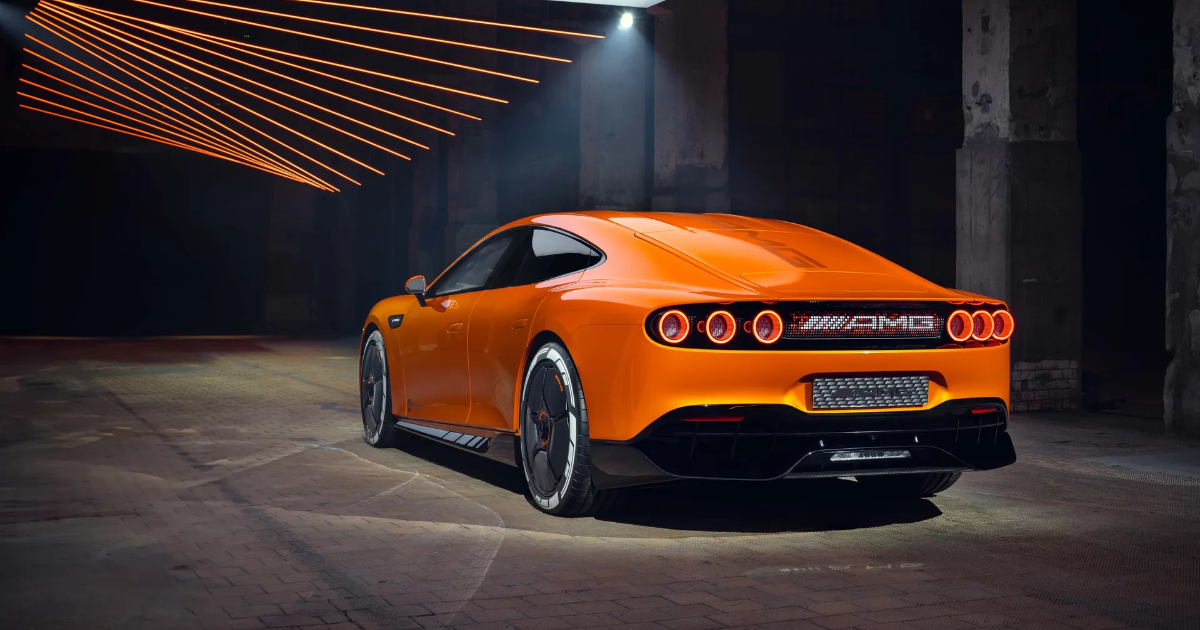
Final Thoughts
The IAA remains Germany’s grand stage, but the real test lies thousands of miles away. For BMW, Mercedes, Porsche, and Audi, success in Asia will not be won by technology alone. It will be decided by how convincingly they combine engineering strength with customer-centric relevance. The future belongs to the brands that not only showcase innovation in Munich — but translate it into meaningful value in Shanghai, Seoul, Singapore, and beyond.
